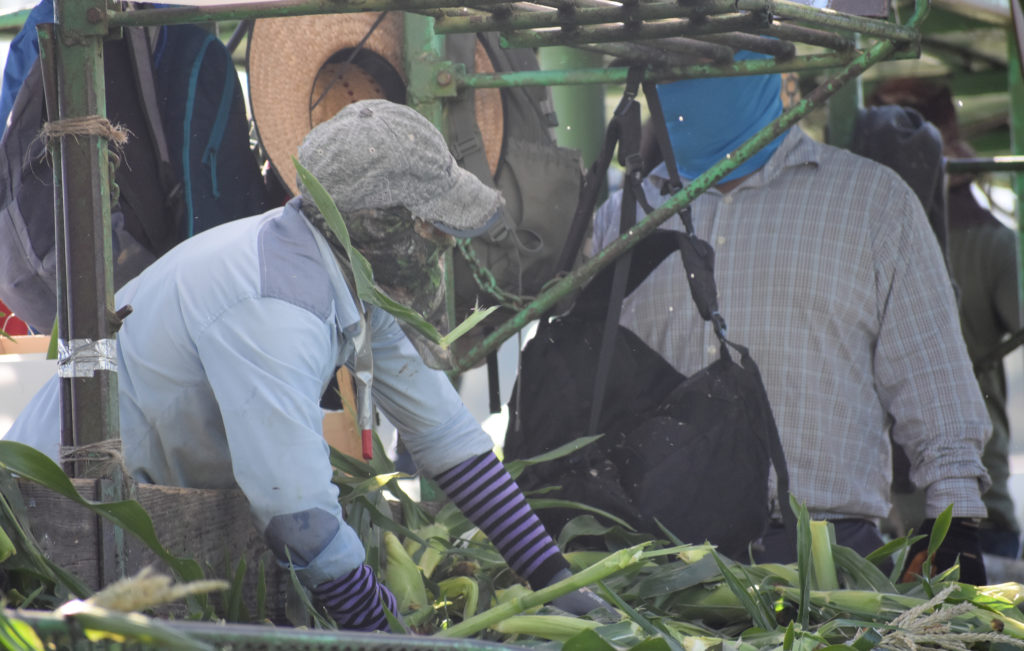
By Clint Thompson
The Adverse Effect Wage Rate (AEWR) for Georgia’s specialty crop producers will increase from $11.99 per hour in 2022 to $13.68 per hour in 2023.
A 14% increase in the AEWR for the state’s farmers is not sustainable, says Chris Butts, executive vice president of the Georgia Fruit and Vegetable Growers Association (GFVGA).
“Our guys continue to face so much pressure from high input costs, competition from low-priced imports and then you add a 14% pay increase on top of it; it’s not sustainable,” Butts said. “For some of our larger growers, we’re talking seven-figure increases. We’re estimating that just based on the number of workers we had last year in the state, we’re estimating it’s going to be over $100 million and maybe significantly over, in additional wages that will be paid just in Georgia, just in 2023.”

The costly increase was determined following the U.S. Department of Agriculture’s (USDA) Farm Labor Survey. It’s an unenviable position the state’s fruit and vegetable growers are facing, especially those producers who utilize the H-2A program as much as they do.
“Some of our larger growers can bring in 400 to 500 workers throughout the calendar year. As our growers have become more diverse, and we produce over 30 different commodities, they have a year-round need for workers. It’s not a seasonable as it used to be,” Butts said.
Plea for Help
Organizations like the GFVGA continue to plead for congressional action on the Farm Workforce Modernization Act. While the proposed legislation isn’t perfect, it would provide a 3.25% cap that would limit the annual increase in the AEWR.
“What the cap does, it aligns more closely with what we see is a historical economic reality. You don’t see 10 or 15-point swings either way in wage rate in a short amount of time. What the cap would also do is give ourselves some certainty in planning. You can plan for a 3% increase when you know it’s coming. There is no planning for a 14% increase,” Butts said.
Ongoing Communication
Butts and members of the GFVGA continue to communicate with Georgia’s congressional delegation and officials at the USDA and Department of Labor the importance of relief from the draconian wage increases and transparency and understanding of the process that ultimately led to the 14%.
“With all the challenges we face in our industry and our nation in the last two years, it just seems incredibly tone deaf and out of touch with reality. It comes on the heels of the USDA publishing that the American farmer received the lowest percentage of the overall dollar spent on produce. It reached a new low this year,” Butts said. “Farmers are growing more and more and getting less and less for it. The timing of this could not have been worse coming on the heels of COVID and supply chain interruptions. Also include high input costs and continued competition from folks paying a much lower wage rate than us. The timing was horrible.
“One of our larger growers, after meeting with his accountant and his banker after this announcement came out, he called me and said, ‘I may be planting a crop that puts me out of business.’”









